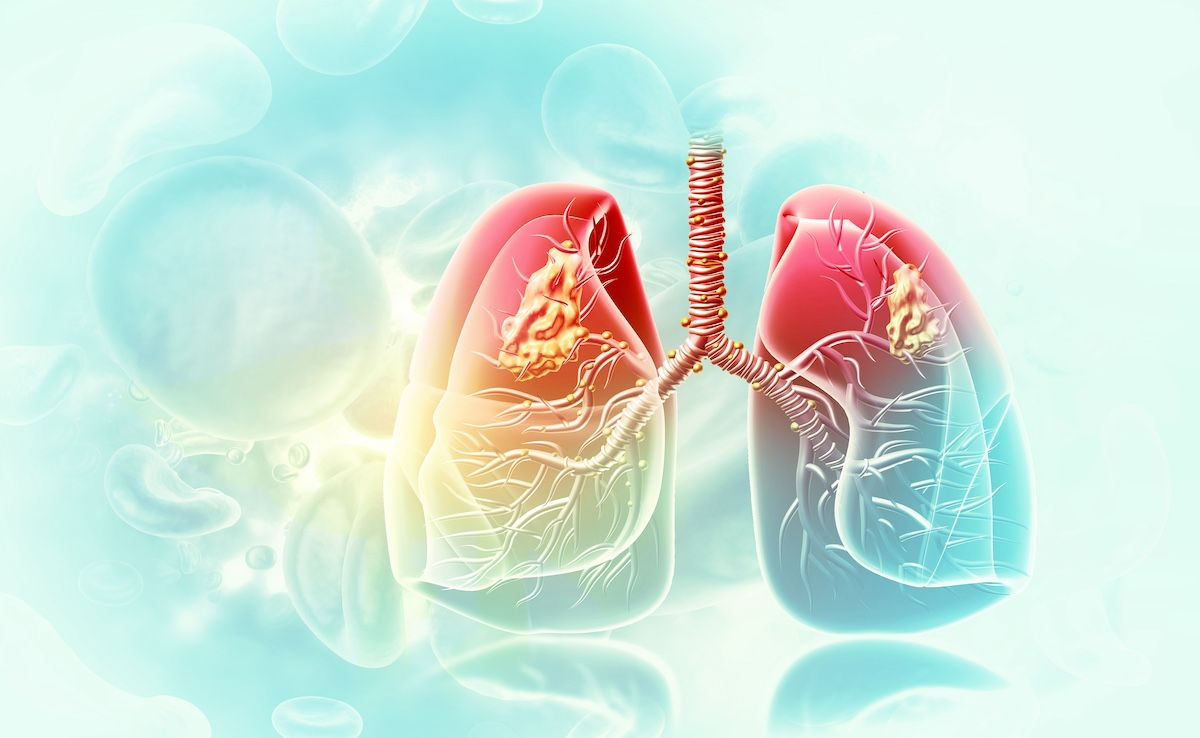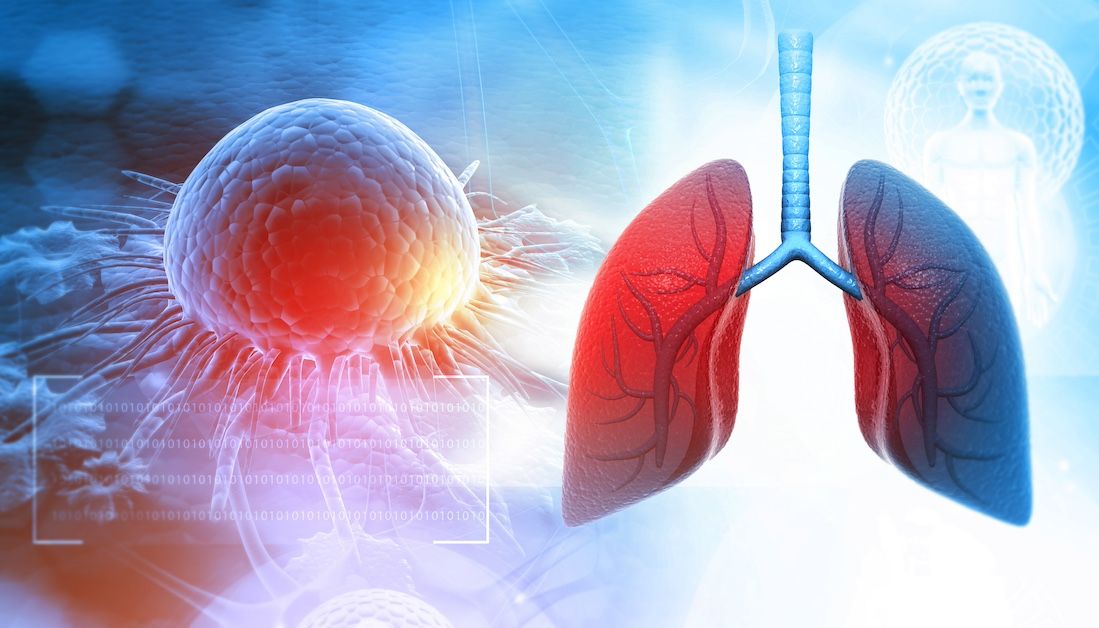Article
ctDNA Tumor Fraction Retains Strong Prognostic Value for Advanced NSCLC
Author(s):
High circulating tumor DNA (ctDNA) tumor fraction after induction chemotherapy identifies a population with an unmet need who has low chances to benefit from immune checkpoint blockades for non–small cell lung cancer (NSCLC), according to research discussed during a presentation at the American Society of Clinical Oncology Annual Meeting.
A version of this article originally appeared on Pharmacy Times. This version has been lightly edited.
In the phase 2 UNICANCER SAFIR02-Lung/IFCT1301 trial (NCT02117167) investigating the association of circulating tumor DNA (ctDNA) tumor fraction (TF) with survival in patients with advanced non-small cell lung cancer (NSCLC) administered maintenance durvalumab (Imfinzi), TF was positive in 16% of patients, explained Filippo Gustavo Dall'Olio, MD, during a presentation at the American Society of Clinical Oncology (ASCO) 2023 Annual Meeting.
According to Dall'Olio, TF is defined as the fractional proportion of circulating tumor DNA relative to circulating cell free during the trial. He explained further that this population of patients with advanced NSCLC showed limited benefit from maintenance durvalumab after induction chemotherapy.
“The identification of predictive biomarkers for immune checkpoint blockades [ICBs] are an active area of research,” Dall'Olio said during the presentation. “Currently, ctDNA is a promising biomarker, and several approaches are under development to estimate it.”
Additionally, Dall'Olio explained that ctDNA shed is a promising biomarker for cancer immunotherapy because patients with higher concentrations of plasma ctDNA have been reported to have poorer outcomes. However, the role of ctDNA in the maintenance setting with immune checkpoint inhibitors has not been explored before this trial.
In the multicentric, randomized SAFIR02-Lung trial, investigators enrolled patients with advanced NSCLC to receive a platinum-based chemotherapy. Following 4 cycles, if patients were stable or in response to treatment with no targetable alterations, they were moved to the immunotherapy sub-study and randomized between maintenance durvalumab or standard-of-care therapy.
During the trial, the investigators explored TF as determined by low-pass whole genome sequencing (WGS), which is a tumor non-informed technique to quantify tumor fraction that is used as a biomarker for immunotherapy irrespective of PD-L1. The role of low-pass WGS in predicting the benefit from consolidation ICBs has not yet been established.
“There was an unplanned exploratory analysis of ctDNA TF as a biomarker, with 116 out of 183 patients with plasma samples available at randomization,” Dall'Olio said. “The primary endpoint was progression free survival [PFS], defined as the time from randomization until the date of objective radiological disease progression, clinical progression, or death. The secondary endpoint was overall survival [OS]. The cutoff was set at 2% of TF positive vs negative.”
The investigators obtained plasma samples at randomization, just before maintenance treatment initiation. DNA was extracted using the Maxwell RSC ccfDNA Plasma Kit (Promega, AS1840), with sequencing libraries prepared using the Low Input SureSelectXT protocol (Agilent, G9916A). The investigators then sequenced the pooled libraries on a NovaSeq 6000 platform (Illumina) as 2 x 150 bp paired-end reads (NovaSeq 6000 SP Reagent Kit v1.5).
Further, the researchers assessed the genomic copy number aberrations and TF using the ichorCNA (V0.2.0) tool. Dall'Olio noted that TF at 2% or greater was considered positive. The survival analyses also allowed a landmark approach to be performed, when considering the randomization date as the landmark time.
Fifty out of 121 plasma samples from patients randomized to durvalumab were analyzed for the feasibility portion of the trial. Among this group, 34 patients (68%) were under 65 years of age and 33 (66%) were male. PD-L1 expression was available for 18 patients, 39% of whom had PD-L1 at 1% or greater. Median TF was 1.1%, and 8 patients (16%) had a TF of 2% or greater, ranging from 2.2% to 23.3%.
Investigators also found that TF at randomization was marginally correlated with the presence of liver metastases (P = 0.063) and with the sum of target lesions (p 0.081); however, no significant correlation was observed with PD-L1 positivity.
Patients with TF of 2% or greater had lower median PFS of 1.7 months (95% CI, 1.2-4.2) vs 5.8 months (95% CI, 2.9-7.5) for those with TF at 2% or greater, p 0.0003. Similarly, median OS was lower for patients with TF .2% 10.4m (95% CI, 4.2-18.7) vs 25.9m (95% CI, 18.2-NR) for those with TF at 2% or greater (P = 0.0002).
“TF correlated with tumor burden is independent from radiological response to chemo, and retains strong prognostic value,” Dall'Olio said. “High TF after induction chemotherapy identifies a population with an unmet need that has low chances to benefit from ICBs.”
Reference
Dall'Olio FG. Developmental Therapeutics – Immunotherapy. June 2, 2023; Presented at: 2023 ASCO Annual Meeting. Accessed June 2, 2023. https://meetings.asco.org/2023-asco-annual-meeting/15134

Insufficient Data, Disparities Plague Lung Cancer Risk Factor Documentation



